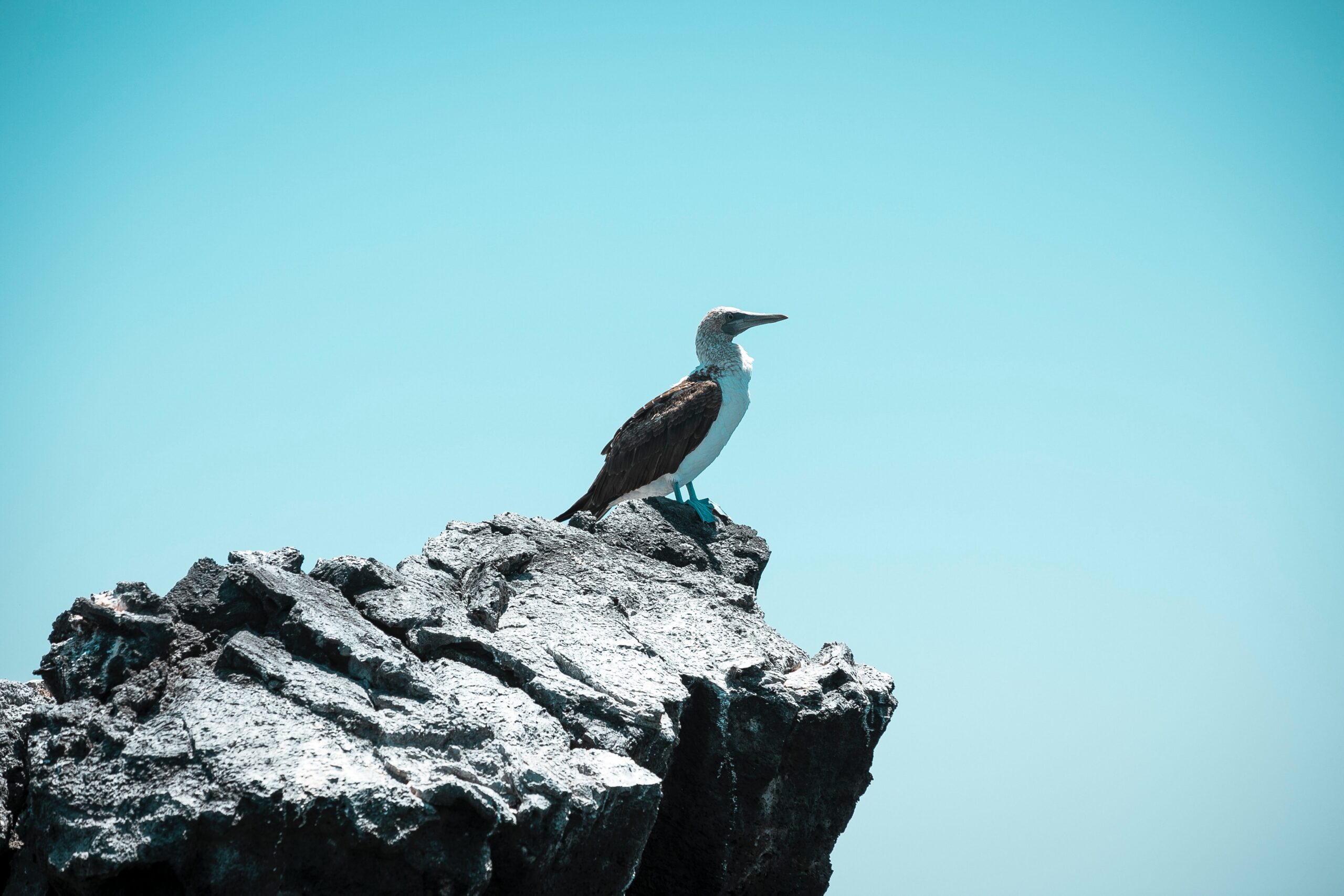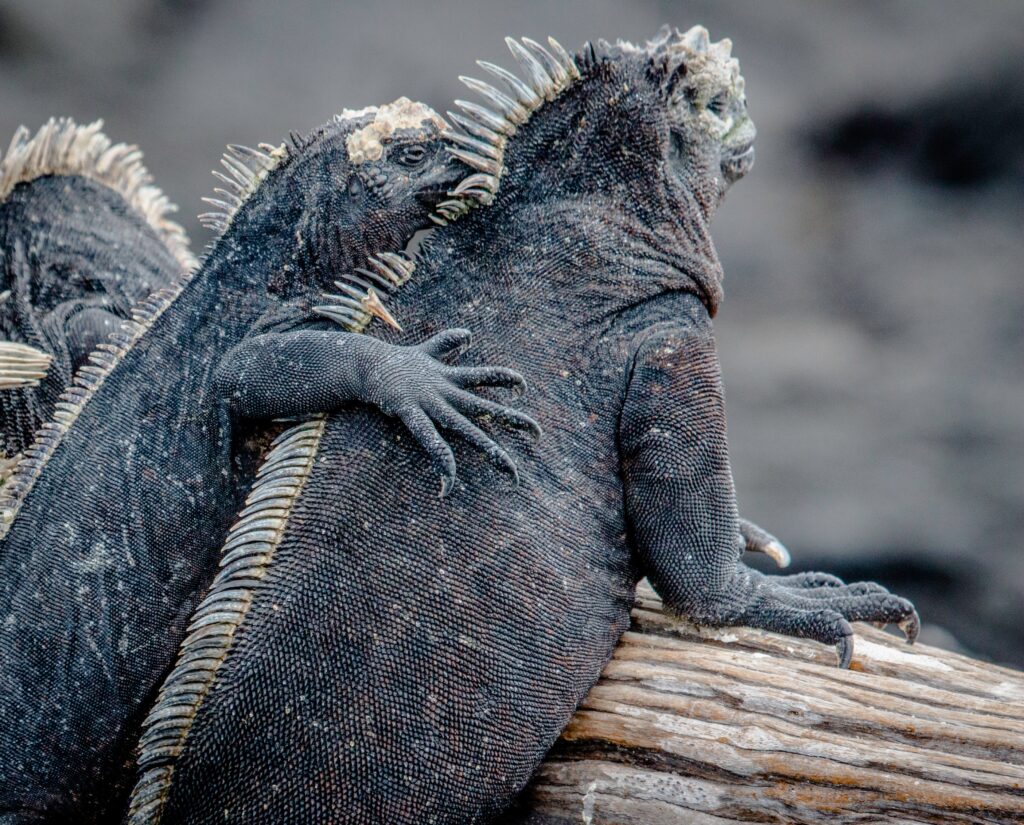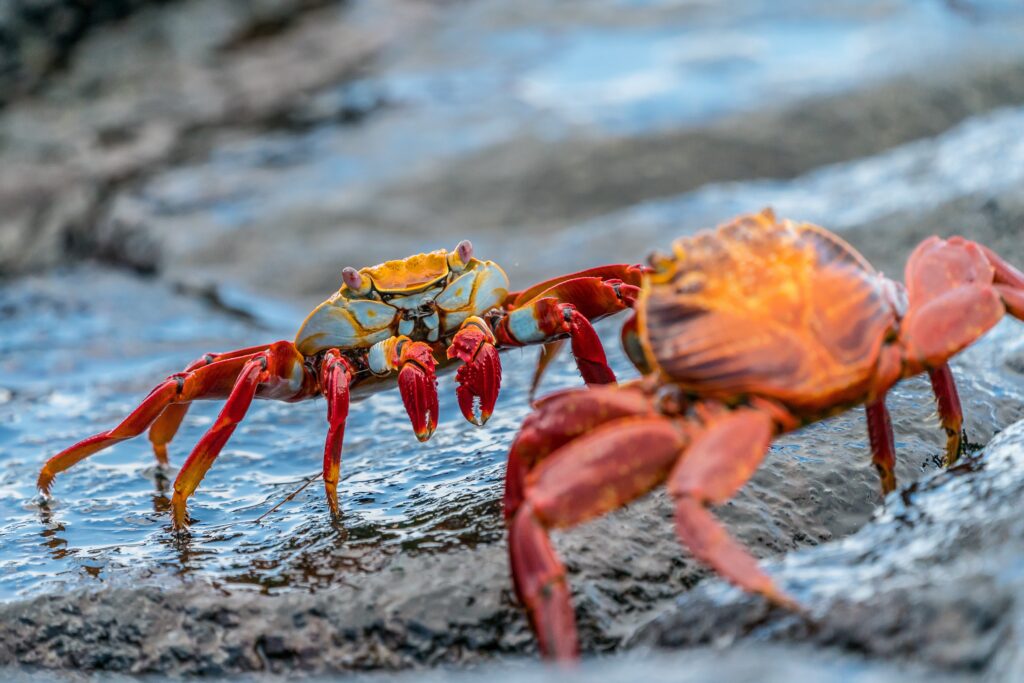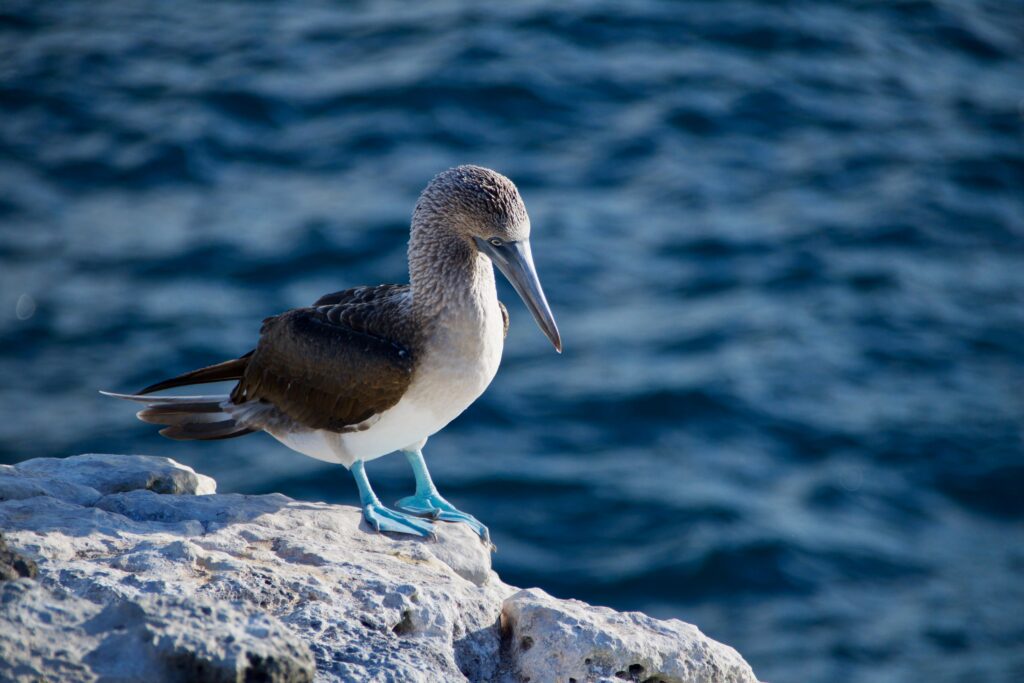Experiencing the Wildlife of the Galapagos Islands
Recently updated on January 17, 2025
Total words: 2102

Table Of Content
- Exploring the Unique Wildlife of the Galapagos Islands
- The Rare and Endangered Species of the Galapagos Islands
- The Best Places to Spot Wildlife on the Galapagos Islands
- The Best Time to Visit the Galapagos Islands for Wildlife Viewing
- Safety Tips for Observing Wildlife on the Galapagos Islands
Introduction
Welcome to one of the most incredible places on Earth – the Galapagos Islands. Whether you’re an experienced traveler or a first-time visitor, an adventure in this beautiful part of the world awaits you. From the unique wildlife to the stunning landscapes, the Galapagos Islands offer an experience like no other. In this article, we’ll explore the wildlife of the Galapagos Islands, including what wildlife you can expect to see and how to view it responsibly. So, let’s dive in and learn more about this incredible destination!
Exploring the Unique Wildlife of the Galapagos Islands
The Galapagos Islands are home to some of the most unique wildlife on the planet. From the giant Galapagos tortoises to the colorful land iguanas, the islands offer a variety of unforgettable wildlife encounters. For those looking to experience the unique wildlife of the Galapagos Islands first-hand, there are a few things to consider.
Safety
Safety is always the number one priority when it comes to wildlife encounters. The wildlife of the Galapagos Islands is generally quite tame and used to human presence. However, it is important to remember that these animals are wild and should be respected as such. It is important to keep a respectful distance from the animals and not attempt to touch them or feed them.
Be Prepared to be Patient
The wildlife of the Galapagos Islands can be quite elusive and it may take some time to find them. Patience is key when it comes to wildlife encounters and it is important to not get discouraged if you don’t spot any animals right away. The more you explore the islands, the more likely you are to spot animals in their natural habitat.
Book an Official Tour
The best way to experience the wildlife of the Galapagos Islands is by booking an official tour. These tours are run by experienced guides who know the best places to spot wildlife and can provide valuable insight into the local flora and fauna. Booking a tour is a great way to ensure a safe and educational wildlife experience.
Be Respectful of Your Surroundings
It is important to always respect your surroundings when exploring the Galapagos Islands. Avoid walking on vegetation or disturbing any nesting animals. Be sure to dispose of any waste properly and to stay on marked trails. These simple precautions can help ensure that the wildlife of the Galapagos Islands remains healthy and protected.
Take Plenty of Photographs
Taking photographs of the wildlife of the Galapagos Islands is a great way to remember your experience and share it with others. Be sure to use a zoom lens to avoid disturbing the animals and always be mindful of their safety.

The Rare and Endangered Species of the Galapagos Islands
The Galapagos Islands are known for their diversity of wildlife and biodiversity, but they are also home to some of the world’s rarest and most endangered species. From the iconic Galapagos tortoise to the unique and elusive flightless cormorant, this archipelago is teeming with rare and endangered wildlife.
The Galapagos tortoise is the oldest known living species of tortoise and one of the rarest animals on earth. This species is estimated to be around 100 to 200 years old and can weigh up to 550 pounds. Galapagos tortoises are found only on the Galapagos Islands and are listed as vulnerable by the International Union for Conservation of Nature (IUCN).
The flightless cormorant is a species of cormorant found only on the Galapagos Islands. This species has lost its ability to fly due to its isolation on the islands and is one of the rarest birds on earth, with an estimated population of only 1,200 individuals. The flightless cormorant is listed as critically endangered by the IUCN.
The Galapagos pink iguana is a species of iguana found only on the Galapagos Islands, and is one of the rarest lizards on earth. This species is listed as critically endangered by the IUCN and is estimated to have only 2,500 individuals left in the wild.
The Galapagos petrel is a species of seabird found only on the Galapagos Islands. This species is listed as vulnerable by the IUCN due to its limited range and the threats faced by its nesting colonies. The Galapagos petrel is estimated to have a population of around 20,000 individuals.
The Galapagos Islands are home to many other rare and endangered species, including the Galapagos sea lion, the Galapagos hawk, and the Galapagos penguin. These species are all listed as vulnerable by the IUCN and are in need of conservation efforts to ensure their survival.
Experiencing the wildlife of the Galapagos Islands is an amazing experience, and it is important to remember that these islands are home to some of the rarest and most endangered species on earth. It is essential to protect these species and their habitats in order to ensure the survival of these amazing creatures.

The Best Places to Spot Wildlife on the Galapagos Islands
The Galapagos Islands are a true paradise for nature lovers. It is home to a rich variety of wildlife, some of which can be found nowhere else on Earth. The islands are teeming with endemic species, including giant tortoises, sea lions, and a variety of birds, reptiles, and mammals. If you’re looking for the best places to spot wildlife on the Galapagos Islands, you’ve come to the right place! Here are some of the top spots to explore.
Santiago Island
Known as James Island in English, Santiago Island is one of the largest and most biodiverse islands of the archipelago. It is home to a variety of wildlife, including sea lions, frigate birds, and marine iguanas. The island also offers stunning landscapes, including lava tunnels, white sandy beaches, and saltwater lagoons.
Santa Cruz Island
Santa Cruz is the most populated island in the Galapagos and is home to the Charles Darwin Research Station. It is also one of the best places to spot wildlife, including giant tortoises, marine iguanas, and a variety of birds. The island’s lush vegetation provides a perfect habitat for these animals, making it a great spot for wildlife watching.
Isabela Island
Isabela is the largest island in the Galapagos and is home to some of the most diverse wildlife. Visitors can spot giant tortoises, flamingos, penguins, and a variety of reptiles and mammals. The island is also home to the world’s largest active volcano, the Sierra Negra.
San Cristobal Island
San Cristobal is the easternmost island in the Galapagos archipelago and is home to a variety of wildlife. It is the perfect spot to observe sea lions, giant tortoises, and a variety of birds, such as frigate birds and blue-footed boobies. The island is also home to beautiful beaches, such as Playa Mann and Playa Ochoa.
Fernandina Island
Fernandina is the youngest island in the Galapagos archipelago and is home to the largest colony of marine iguanas in the world. The island also offers stunning landscapes, including lava fields and mangroves, as well as a variety of wildlife, such as sea lions, penguins, and a variety of birds.

The Best Time to Visit the Galapagos Islands for Wildlife Viewing
Visiting the Galapagos Islands is an experience of a lifetime, whether you’re an avid wildlife enthusiast or just looking for a unique travel experience. The archipelago is home to some of the most fascinating species of wildlife, found nowhere else in the world. To maximize your chances of spotting unique wildlife, it’s important to understand when the best time to visit the Galapagos Islands for wildlife viewing is.
Weather Conditions
The best time to visit the Galapagos Islands for wildlife viewing is during the dry season, between June and December. During this time, the weather is typically sunny, dry, and pleasant. In addition to the better weather conditions, during this time of year the water temperature is also more conducive to wildlife sightings. The warmer waters attract a variety of marine species, such as sea turtles, rays, sea lions, and dolphins, making it a great time for wildlife-viewing in the Galapagos.
Migration Periods
The Galapagos Islands are also home to a variety of migratory birds, such as the iconic blue-footed booby. If you’re hoping to spot one of these birds, the best time to visit the Galapagos Islands for wildlife viewing is between August and October. This is when the birds migrate to the Galapagos for their breeding season, and can be easily spotted along the coasts. This is also a great time to spot sea turtles nesting and hatching on the islands.
Popular Tourist Seasons
It’s important to keep in mind that the best time to visit the Galapagos Islands for wildlife viewing is also the busiest time for tourists. The dry season, between June and December, is the peak tourist season in the Galapagos. If you’re looking to avoid the crowds, the best time to visit is during the wet season, between January and May. While this is not the best time for wildlife-viewing, the islands still offer plenty of opportunities for spotting some of the unique species of the Galapagos.

Safety Tips for Observing Wildlife on the Galapagos Islands
The Galapagos Islands are known for their incredible wildlife. From sea lions to giant tortoises, the islands are home to a variety of unique and fascinating creatures. While the wildlife of the Galapagos is a must-see, it is also important to understand the safety measures to observe when visiting the islands. Here are some safety tips for observing wildlife on the Galapagos Islands.
Keep Your Distance
When visiting the Galapagos Islands, it is important to keep a safe distance from the wildlife. According to the Galapagos National Park, no one should approach any animal closer than five meters. This is especially important when it comes to wild animals such as sea lions or iguanas. Keeping a safe distance allows the animals to feel safe and also protects you from potential danger.
Follow the Rules
The Galapagos National Park has a variety of rules and regulations in place to protect the wildlife. It is important to follow these rules and regulations, such as not touching the animals, not feeding them, and not disturbing their habitat. Failing to follow the rules can lead to fines or even jail time.
Listen to the Guides
When visiting the Galapagos Islands, it is essential to hire a qualified guide. The guides are knowledgeable about the local wildlife and can help you to stay safe while still enjoying the experience. They will also be able to give you information about the animals and their habitats, so you can learn more about the wildlife on the islands.
Be Prepared
It is also important to be prepared when visiting the Galapagos Islands. This means bringing the right equipment, such as sunscreen and insect repellent. It also means being aware of potential hazards, such as strong currents or dangerous animals. By being prepared, you can ensure that your visit to the islands is as safe and enjoyable as possible.
Respect the Wildlife
Finally, it is important to remember to respect the wildlife of the Galapagos Islands. The animals are wild and should be treated with respect. Do not disturb them, touch them, or feed them, as this can be dangerous for both you and the animals.
Visiting the Galapagos Islands is an incredible experience, and by following the safety tips outlined above, you can ensure that your trip is both safe and enjoyable.
Conclusion
The Galapagos Islands offer an amazing experience that you won’t find anywhere else. The unique wildlife and spectacular scenery make it an unforgettable destination. Whether you are an experienced traveler or a first-time visitor, the Galapagos Islands are sure to provide you with a memorable experience. From snorkeling with sea lions to walking amongst giant tortoises, the Galapagos Islands offer an unparalleled opportunity to experience some of the world’s most unique wildlife. Whether you choose to visit for a day or stay for a week, the Galapagos Islands are sure to provide a one-of-a-kind experience that you will never forget. So, what are you waiting for? Pack your bags and get ready to explore the wildlife of the Galapagos Islands!